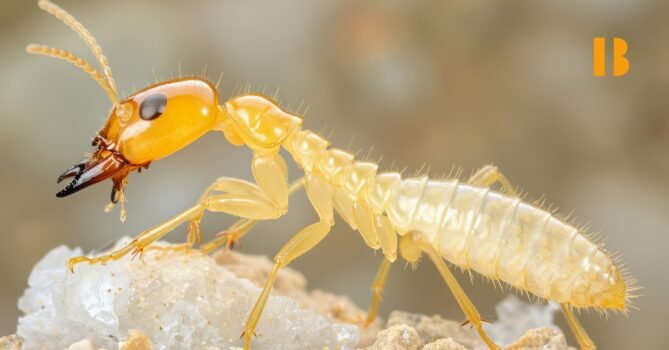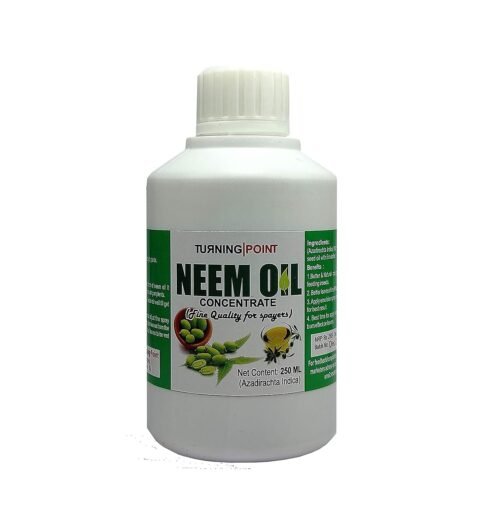White ants, or termites (commonly known as “Deemak” in India), can silently destroy your home’s structure if not addressed promptly. To help you understand how to get rid of white ants naturally, we’ve compiled the most effective methods based on our extensive research and discussions with multiple pest control companies throughout India.
Here’s how to tackle this common issue using proven techniques from industry experts.
Identifying White Ants in Your Home
Understanding the early signs of white ants infestation is crucial. Here are some telltale signs based on expert advice:
Signs of Termite Infestation
Hollow-Sounding Wood: Tap on wooden structures; a hollow sound often indicates internal damage.

Mud Tubes: Termites / white ants construct these tubes for protection while traveling between their nest and food source.
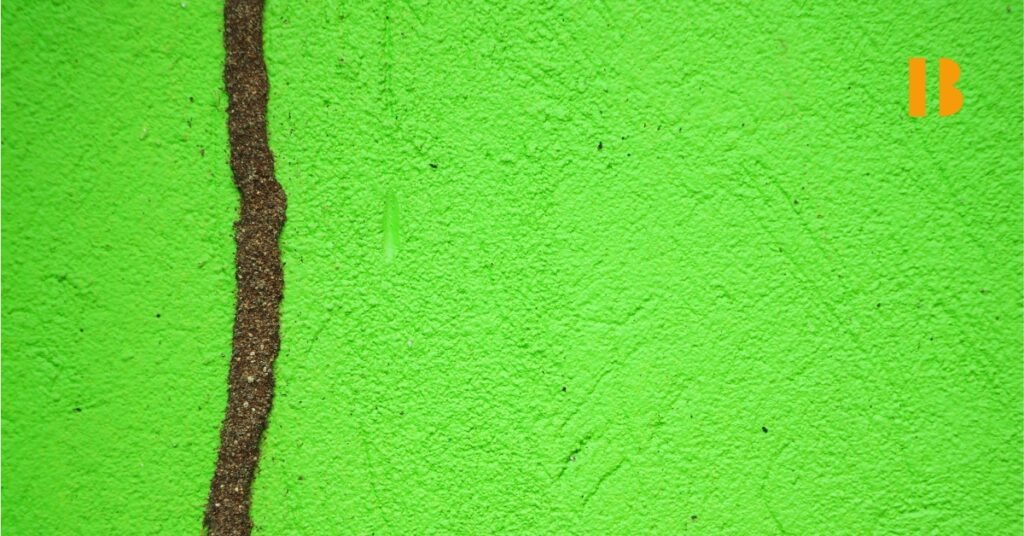
Discarded Wings: Finding piles of wings around windows or doors suggests the presence of swarmers (reproductive termites).
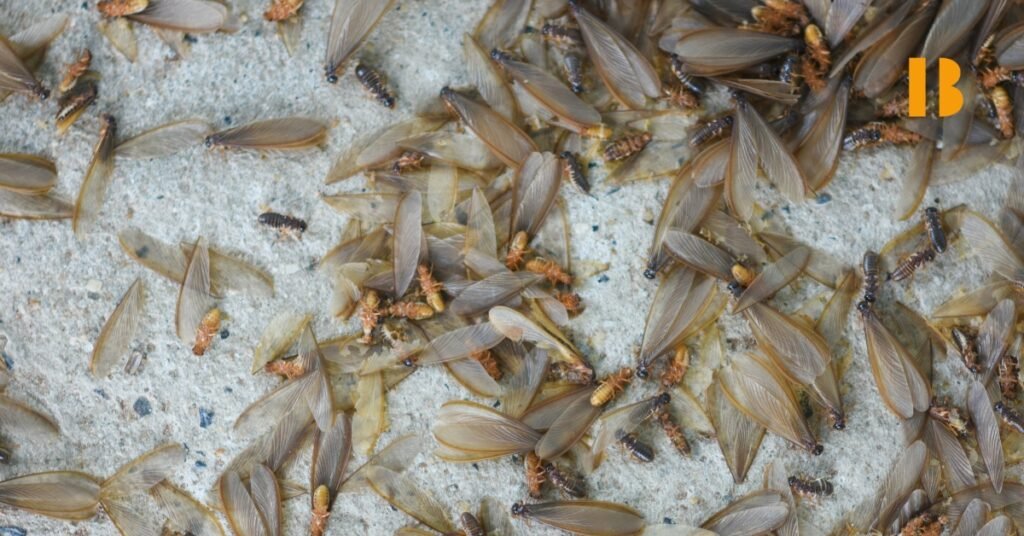
Frass: Termite / white ants droppings, resembling sawdust or coffee grounds, indicate active infestations.
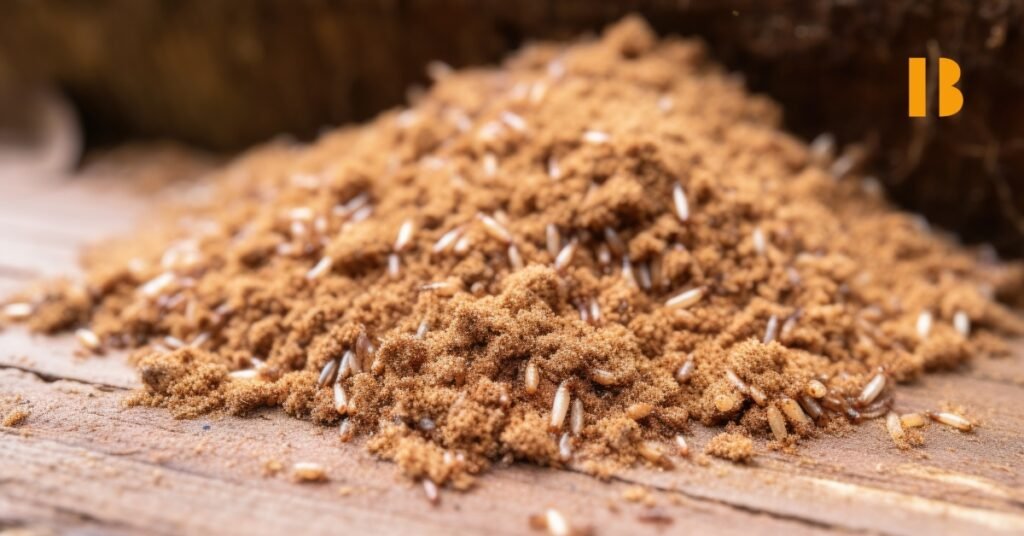
Wooden Dust Around Furniture: Termites leave behind wood particles as they tunnel through wooden structures.

Holes and Cracks in Wooden Structures: Small holes and cracks can indicate termite / white ants activity as they create tunnels.
Cracks on Wall Paint: Bubbling or cracking paint can be a sign of termites eating the wood underneath.

Hollow Floorboards or Furniture: Tapping on wood that sounds hollow often indicates internal termite damage.
Windows or Doors Getting Stuck: Warped wood caused by the white ants damage can make doors and windows difficult to open or close.
Foul Smell of Dampness Around Wooden Structures: Termite infestations can produce a musty or moldy odor.
Swarmer Termites Inside the Home: Finding winged white ants indoors is a clear sign of an active infestation.
Soft Clicking Noises: Termites can make faint clicking sounds as they tunnel through wood.
Sagging Floors or Ceilings: Structural damage from white ants can cause floors or ceilings to sag or buckle.
Papery or Thin-Looking Wood: Wood that appears to have a thin surface or feels papery might have been hollowed out by termites.
How to Get Rid of White Ants Naturally
1. Boric Acid for Termite Treatment at Home
Boric acid is a natural insecticide and wood preservative that doesn’t kill termites on contact. When these white ants ingest boric acid, it inhibits them from extracting nutrition, leading to their eventual death.
Method
- Use: Apply boric acid powder straight from the container or dilute it with water.
- Application: Mix one teaspoon of boric acid with one cup of warm water in a spray bottle. Shake until dissolved and apply as needed. Use this procedure for about a week and monitor the treated areas for results.
- Expert Tip: Apply boric acid in a thin layer to avoid visible residue that might deter the white ants from coming into contact with it.
Unitedlys Multi-Purpose Boric Acid Powder
Effective Termite Killer
Natural Pest Control
Indoor and Outdoor Use
Long-Lasting Protection
2. Diatomaceous Earth White Ant Treatment
Diatomaceous earth is a non-toxic powder made from fossilized algae that dehydrates and kills the white ants.
Usage
- Sprinkle: Sprinkle it around infested areas and entry points. Ensure it remains dry for maximum effectiveness.
- Effectiveness: The razor-sharp edges of the particles cut through the termite’s outer covering, causing dehydration.
- Expert Tip: For best results, combine diatomaceous earth with other natural treatments to cover both immediate and long-term termite control.
Garden Safe Diatomaceous Earth, 4-Pound
Natural Insect Killer
Safe Around Plants
Long-Lasting Protection
Indoor and Outdoor Use
3. White Vinegar White Ant Treatment
To effectively get rid of white ants naturally, you can use a mixture of white vinegar (popularly called “safed sirka” in India) and lemon juice. This combination works well against white ants and can be applied directly to infested areas.
Recipe
- Mix: Mix the juice of two lemons with half a cup of white vinegar.
- Application: Spray the mixture into mud tubes or directly onto termite mounds. Repeat daily for several days and check for results.
- Expert Tip: Use a fine mist spray to ensure the solution penetrates deep into the crevices where termites hide.
Heinz Distilled White Vinegar, 964 ml
Effective Insect Solution
Chemical-Free Pest Control
Safe Household Use
Non-Toxic Treatment
4. Neem Oil Termite Exterminator
To understand how to get rid of white ants, neem oil is an effective solution. It disrupts the reproductive system of termites, preventing them from laying eggs and causing them to forget to eat, thereby controlling their population naturally.
Usage
- Apply: Apply neem oil to affected areas. It alters the hormonal system of these white ants, eventually stopping their spread.
- Precaution: Neem oil can affect hormonal balance, so if you are pregnant, it is advisable to consult a doctor before use. This is to ensure that there are no adverse effects on your pregnancy.
- Expert Tip: Neem oil is most effective when used as part of an integrated pest management strategy, combining it with physical barriers and other natural treatments.
Chipku Pure Cold Pressed Neem Oil – 250 ml
Organic Pest Control
Safe Indoor Use
Effective Insecticide
Residue-Free Solution
5. Salt White Ant Treatment at Home
Salt dehydrates the white ants, leading to their death.
Method
- Mix: Mix salt with warm water and apply it to infested areas. This method is best for minor infestations and as a preventative measure.
- Expert Tip: For a more targeted approach, inject the salt solution directly into termite galleries using a syringe.

6. Using Petroleum Jelly
Application
- Apply: Apply petroleum jelly (like vaseline) to wooden surfaces to create a barrier against termites.
- Expert Tip: Ensure the jelly is applied in a thick, even layer to prevent termites from finding a way around it.
Vaseline Original Pure Petroleum Jelly, 250ml
Moisture Lock Protection
Healing Aid
Non-Toxic Formula
Indoor Use Safety
7. Using Aloe Vera
Application
- Crush: Crush aloe vera leaves and apply the gel to infested areas. The bitterness repels termites.
- Expert Tip: Use fresh aloe vera gel for maximum potency and reapply it regularly to maintain its effectiveness.
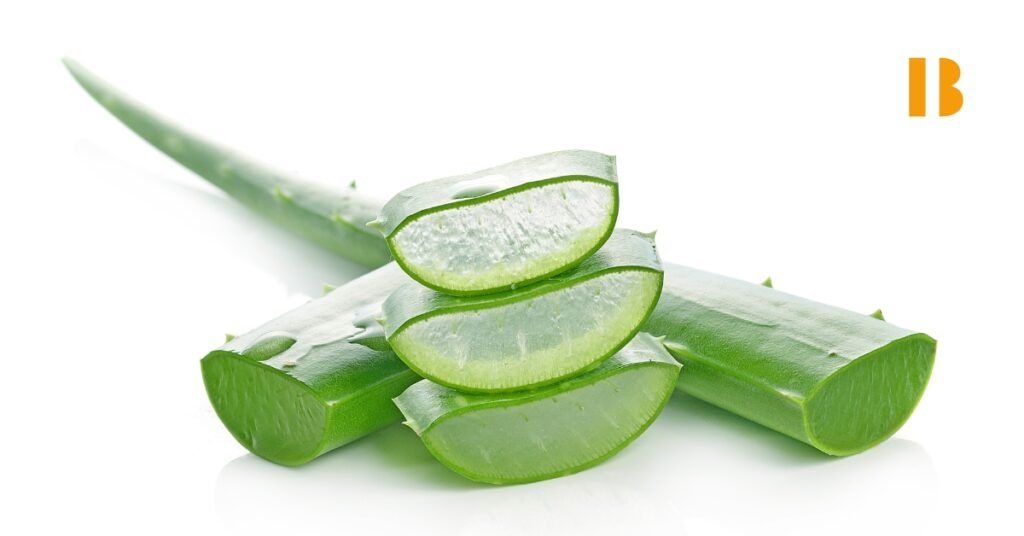
8. Silicone Sealant for Preventing White Ants
Silicone sealant can be an effective preventive measure to block termites from entering your home.
Usage
- Inspect: Inspect your home for potential entry points such as cracks in the foundation, gaps around windows and doors, and any other small openings.
- Apply: Clean the area, apply the sealant using a caulking gun, and smooth it out. Let the sealant cure as per the manufacturer’s instructions.
- Effectiveness: Creates a durable, non-toxic barrier that termites cannot penetrate.
- Expert Tip: Regularly inspect and maintain the sealant to ensure it remains intact and effective over time.
White Silicone Sealant Caulk with DIY GUN
Weatherproof Sealing
Indoor/Outdoor Use
Mildew Resistant
Durable Adhesion
FAQs by Specific Areas of Infestation
How to Get Rid of White Ants in Furniture?
- Recommendation: Apply orange oil or boric acid solution to the affected furniture. For severe infestations, consider professional fumigation.
- Tip: Expose the furniture to direct sunlight for several days to kill termites hidden deep within the wood.
How to Get Rid of Tiny White Ants?
- Method: Use the cardboard trap method or sprinkle diatomaceous earth to handle smaller infestations effectively.
How to Get Rid of White Ants in a Tree?
- Advice: Inject orange oil or neem oil into the tree using a drill to reach deeper infestations. Surround the base with diatomaceous earth for added protection.
How to Get Rid of White Ants in Garden and Plants?
- Solution: Apply nematodes to the soil and use diatomaceous earth around the base of plants. These methods ensure that beneficial insects are not harmed.
How to Get Rid of White Ants in Soil?
- Approach: Introduce beneficial nematodes and apply a boric acid solution to infested soil to disrupt termite colonies.
How to Get Rid of White Ants on Wall?
- Strategy: Spray a vinegar solution or orange oil directly on mud tubes and entry points. Seal cracks and crevices to prevent further entry.
How to Get Rid of White Footed Ants?
- Tactic: Use bait stations with boric acid near ant trails. Maintaining cleanliness in your home is crucial to deter these ants.
How to Get Rid of Flying White Ants?
- Technique: Attract flying ants with a light source and then vacuum them up. Sticky traps around windows and doors can also be effective.
How to Get Rid of White Ant in Lawn?
- Recommendation: Apply nematodes to the lawn and use diatomaceous earth around the affected areas to control termite populations.
How to Get Rid of White Ants in Doors?
- Tip: Inject orange oil or a boric acid solution into door frames. Replace severely infested doors if necessary to ensure structural integrity.
How to Get Rid of White Ants on Tree Barks?
- Advice: Apply neem oil or orange oil directly to the bark and surround the tree with diatomaceous earth to protect it from termite damage.
When Should I Get Termite Treatment for My Premises?
While natural methods can be effective, there are situations where professional intervention is necessary. Here are some scenarios when you should consider professional termite treatment:
Preventive Measures
- Why: Regular inspections and treatments help catch early signs of infestations and prevent severe damage.
- What to Do: Schedule annual or bi-annual inspections by a certified pest control company to maintain termite-free premises.
During Real Estate Transactions
- Why: Termite inspections are essential to ensure the property is free from termite damage before buying or selling.
- What to Do: Obtain a termite inspection report as part of the property transaction process.
After Spotting Signs of Termites
- Why: Immediate action is crucial to prevent extensive damage.
- What to Do: Contact a professional pest control service for an inspection and treatment plan if you notice signs like mud tubes, hollow-sounding wood, discarded wings, or frass.
During Construction or Renovation
- Why: Pre-construction termite treatments can create a barrier to protect the property from future infestations.
- What to Do: Incorporate termite treatment into the construction process, especially in areas prone to termite activity.
After Nearby Termite Infestations
- Why: Termites can migrate from nearby infested properties.
- What to Do: Schedule an inspection and possibly preventive treatment if neighboring properties have experienced termite problems.
Regular Maintenance
- Why: Periodic treatments ensure long-term protection against termites.
- What to Do: Include termite inspections and treatments in your routine property maintenance plan.
Limitations of Natural Methods
While natural methods can be effective in controlling minor infestations and as preventive measures, they have limitations:
Time-Consuming
Natural methods often require repeated applications over a longer period to see results.
Limited Efficacy
Severe white ants infestations may not be fully controlled by natural methods alone.
Professional Intervention
In cases of widespread infestation, professional pest control services and chemical treatments might be necessary for effective eradication of these arrogant ants.
Things to Know about White Ants / Termites
Harmful or Not: Are termites harmful to humans?
Termites are not directly harmful to humans as they do not bite or spread diseases. However, they can cause significant structural damage to buildings, which can indirectly affect human safety and health by compromising the integrity of homes and potentially leading to costly repairs.
Effects on Humans: What do termites do to you?
While termites do not pose a direct health threat to humans, their presence can lead to increased stress and financial strain due to the damage they inflict on wooden structures. This can also create a less safe living environment if structural elements become weakened.
For tips on managing stress, visit our detailed Mental Health Tips page.
Effects on Home: What happens if you have termites in your house?
If you have termites in your house, they can cause severe damage by eating through the wooden components of your home, including support beams, flooring, and walls. Over time, this can lead to structural instability and expensive repair bills if not addressed promptly.
Origin: Where do termites come from?
Termites originate from various parts of the world, thriving in warm, humid environments. They often come from underground colonies or nests in wood and can be transported through infested materials, including wood products, mulch, and soil.
Common or Not: Are termites common in homes?
Termites are quite common in homes, especially in areas with warm climates and high humidity. They often go unnoticed until significant damage has occurred, making regular inspections crucial for prevention.
How Do You Get Termites: How do you get termites?
Termites can enter your home through cracks in the foundation, gaps around utility lines, or by tunneling through soil and wood that is in contact with the ground. They are attracted to moisture and wood, making damp and wooden structures particularly vulnerable.
When to Worry: When should I worry about termites?
You should worry about termites if you notice signs such as mud tubes on walls, hollow-sounding wood, discarded wings, or termite droppings. Immediate action is essential to prevent extensive damage to your property.
Aggressiveness: Are termites aggressive?
Termites are not aggressive towards humans and typically avoid contact. However, their relentless feeding on wood can be considered aggressive in terms of the damage they cause to structures.
How to Identify Termites: How do you identify termites?
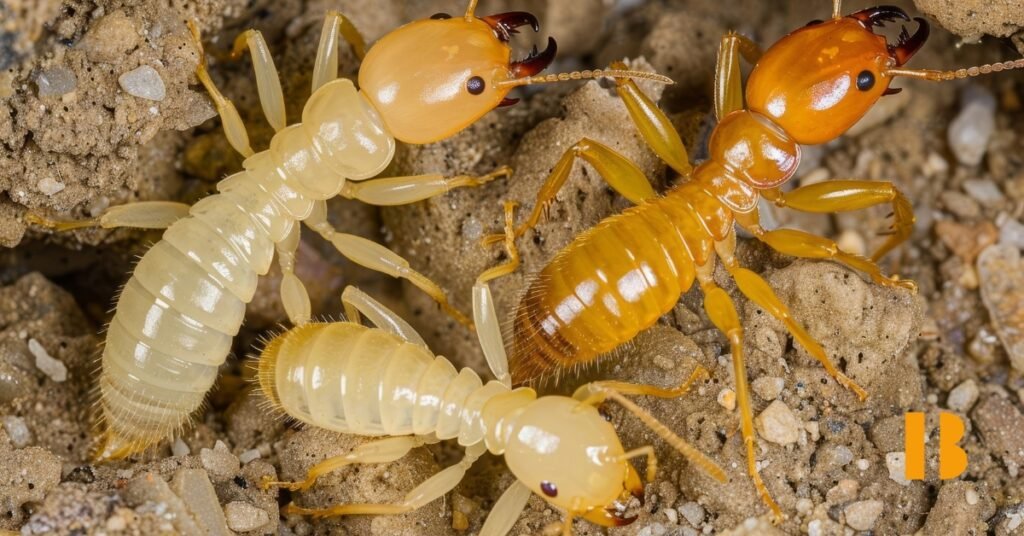
Termites can be identified by their pale, soft bodies, straight antennae, and uniform waists. You might also see evidence of their activity, such as mud tubes, discarded wings, or damaged wood that sounds hollow when tapped.
Life Cycle: What is the life cycle of termites?
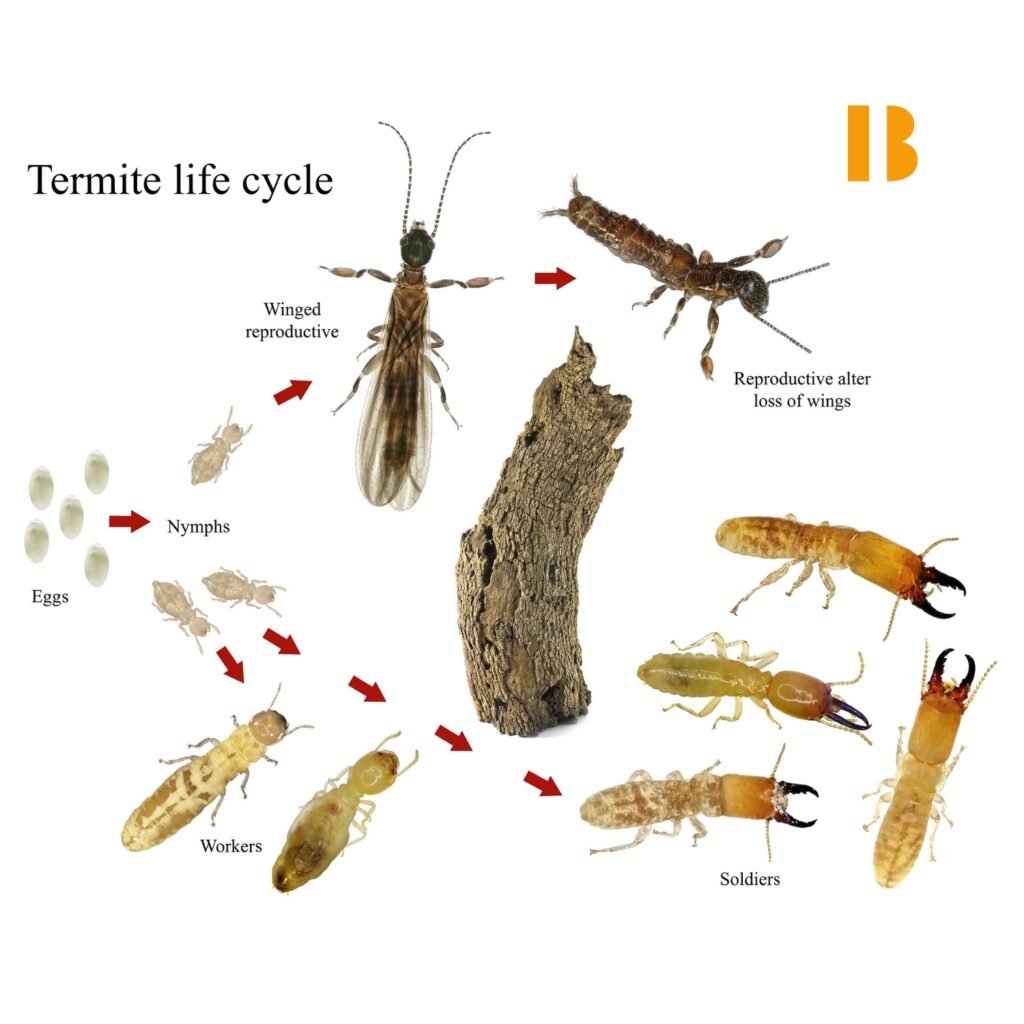
The life cycle of termites includes three stages: egg, nymph, and adult. The queen lays eggs, which hatch into nymphs that develop into workers, soldiers, or reproductive adults. This cycle allows the colony to grow and sustain itself, often hidden from view.
By following these expert guidelines and using natural methods, you can effectively manage and eliminate white ant infestations in your home. Regular monitoring and preventive measures are key to keeping your home termite-free. If the infestation is severe, don’t hesitate to seek professional pest control services for more advanced treatments.
References for Further Reading
1. NCBI – Comprehensive Research on Termite Control Methods
Comprehensive Research on Termite Control Methods
2. ResearchGate – Termites and Indian Agriculture
Termites and Indian Agriculture
3. NPMA – Termite Control Resources
These references provide in-depth information and further insights into termite control methods, their impact on agriculture, and additional resources for managing termite infestations.
Have you experienced a termite infestation before? Share your story.
